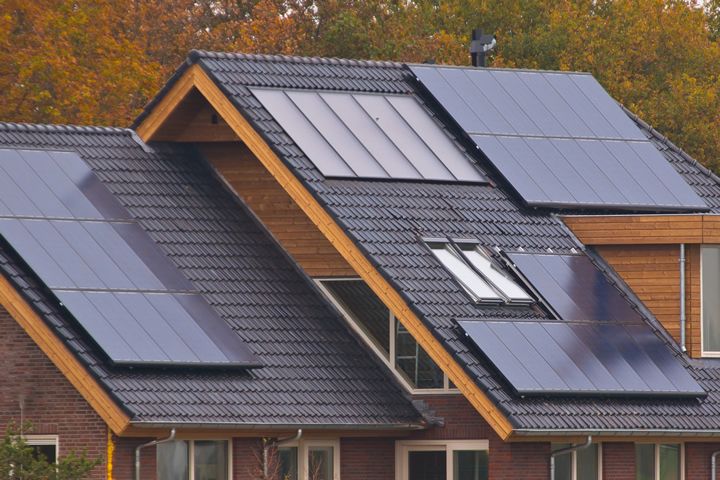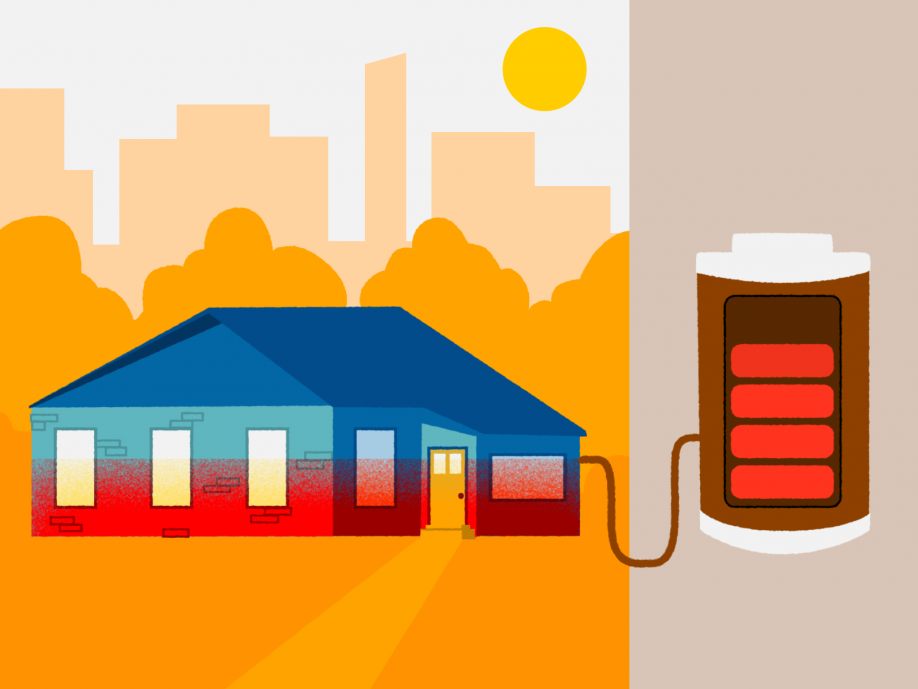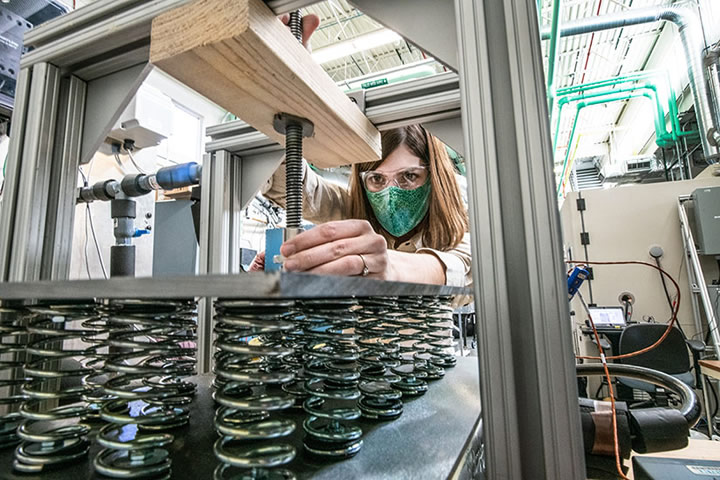Artificial photosynthesis as a method for sustainable energy generation
This review examines the key components of photoelectrochemical (PEC) systems, including photoanodes, photocathodes, and molecular catalysts, focusing on their roles in enhancing efficiency, selectivity, and stability.
Making solar cells more weatherproof
In recent experiments at the Canadian Light Source (CLS) at the University of Saskatchewan (USask), Kelly, professor of chemistry at USask, and his team were trying to figure out why solar cells made with lead halide perovskite, rather than silicon, were failing prematurely.
Case Western Reserve University-led research team awarded $4M federal grant to develop ArgoPV-a generative AI to improve lifecycle of solar energy systems
Research to understand and prevent common causes of early breakdowns and power loss, such as damage from harsh outdoor conditions and extreme weather, can extend solar-panel lifespans, the DOE said.
QD Solar reports on highly efficient perovskite solar cells developed for large scale manufacturing
The 24% efficiency for spin-coated perovskites cells and the 23.2% efficiency for slot-die coated, manufacturing-ready, perovskite cells have been officially confirmed by MKS Instruments/Newport in Utah, USA.
NREL Creates Highest Efficiency 1-Sun Solar Cell
Researchers at the U.S. Department of Energy's National Renewable Energy Laboratory (NREL) created a solar cell with a record 39.5% efficiency under 1-sun global illumination. This is the highest efficiency solar cell of any type, measured using standard 1-sun conditions.
'Freeze-Thaw Battery' Is Adept at Preserving Its Energy
The development of the "freeze-thaw battery," which freezes its energy for use later, is a step toward batteries that can be used for seasonal storage: saving energy in one season, such as the spring, and spending it in another, like autumn.
Scientists achieve record efficiency for ultra-thin solar panels
A team co-led team by the University of Surrey has successfully increased the levels of energy absorbed by wafer-thin photovoltaic panels by 25%. Their solar panels, just one micrometre thick (1μm), convert light into electricity more efficiently than others as thin.
NREL Heats Up Thermal Energy Storage with New Solution Meant To Ease Grid Stress, Ultimately Improving Energy Efficiency
Scientists from the NREL have developed a simple way to better evaluate the potential of novel materials to store or release heat on demand in your home, office, or other building in a way that more efficiently manages the building's energy use.
Team Develops Floating Turbine To Harvest Deep-Ocean Wind Energy
University of Texas at Dallas researcher Dr. Todd Griffith has spent years working on an offshore turbine design that can convert those deep-ocean winds into electricity. Recently, Griffith received a $3.3 million grant from the U.S. Department of Energy to take his technology to the next level.
Energy to Go
No matter if it's a flashlight or a Tesla: They don't work without a battery. But what is the battery technology of the future? Researchers all over the world are looking for new solutions.
C4V Driven Technology to Scale Manufacturing of Lithium Ion Batteries
C4V Chemistry is a phosphate-based composite cathode that utilises low-cost materials, molecular doping of lithium rich bio-mineral in super-cell of crystal structure.
New Survey Reveals 70% of Americans Support Nationwide Solar Panel Mandate on New Homes
Among those who support a nationwide solar mandate, 32% said they strongly support it and 38% said they somewhat support it, while approximately 16% said they somewhat oppose it and 14% said they strongly oppose it.
Making Batteries Safer, More Reliable: SD Mines Researchers Focus on Solid-State Battery Technology
Researchers at South Dakota School of Mines & Technology create center to research development of safer and more reliable solid-state batteries.
Student Helps Solve Scientific Puzzle That Could Improve Solar Panel Efficiency
A Loughborough University PhD student has helped shed light on a solar panel puzzle that could lead to more efficient devices being developed.
First-of-its-Kind PV Inverter Scorecard Ranks Manufacturers by Performance
Public report from PV Evolution Labs reveals over 20% of tested solar inverters failed safety and reliability tests while others had strong performance following testing.
Records 1 to 15 of 37
Featured Product

Terrasmart - Reduce Risk and Accelerate Solar Installations
We push the limits in renewable energy, focusing on innovation to drive progress. Pioneering new solutions and ground-breaking technology, and smarter ways of working to make progress for our clients and the industry.



.jpg)
.jpg)
.jpg)









